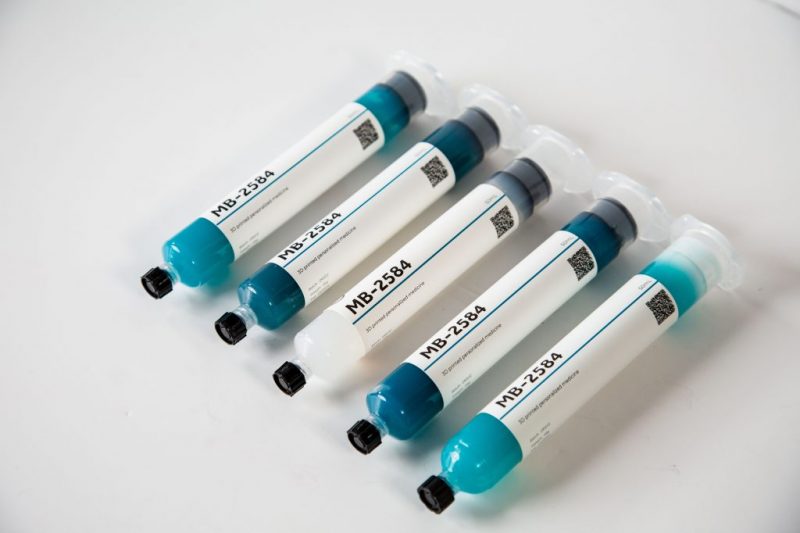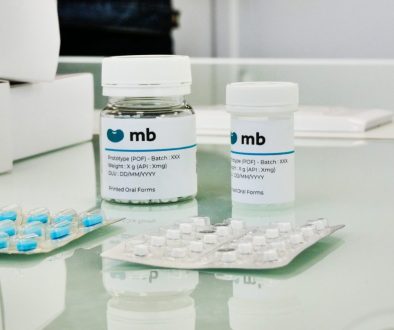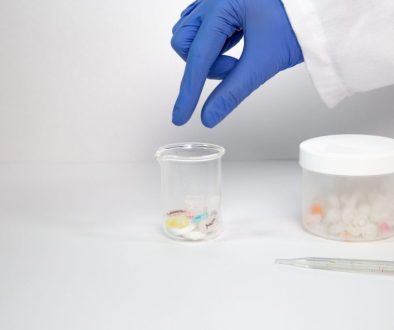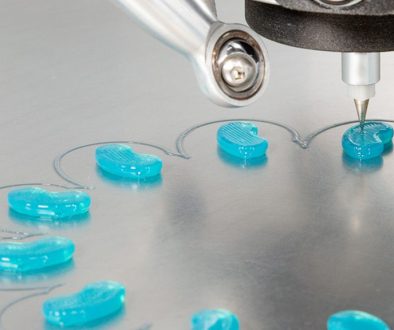How can 3D printing solve drug shortages?
In the pharmaceutical sector, drug shortages are a major problem that compromises access to essential medications for many patients. However, the technological advancements of 3D printing offer a promising solution to address this persistent issue.

A consistent increase in drug shortages
Since 2017, shortages of healthcare products have been steadily increasing. The main reasons include insufficient production capacity and unforeseen fluctuations in demand. Other factors such as manufacturers’ backorder saturation, disruptions caused by the COVID-19 pandemic, and international transportation issues are also identified.

Drug shortages and risk of stockouts, ANSM data.
Shortages related to a lack of finished products.
The majority of observed stock shortages are related to a lack of finished products. That’s why compounded preparations by community and hospital pharmacies can help mitigate supply tensions or shortages.
The French Senate, in a report published in July 2023, recommends promoting the use of compounded preparations by community and hospital pharmacies. The Senate suggests that these solutions should continue to be developed. In this context, 3D printing can serve as a technical solution. Pharmaceutical 3D printing, indeed, enables pharmacists to produce medications with industrial manufacturing safeguards.

Personalized medications produced through 3D printing: a solution to overcome drug shortages.
3D printing: A solution to address drug shortages
3D pharmaceutical printing is an innovative technique that enables the rapid and efficient production of personalized medications. By utilizing pharmaceutical 3D printing, in-house pharmacies (PUI) and community pharmacies equipped with a compounding facility will be able to locally and automatically manufacture customized medications. This will help reduce the time associated with manufacturing, distribution, and delivery processes.

The pharmaceutical cartridge installed on a GMP-compliant 3D printer, such as the MB Therapeutics, is used to produce personalized medications.
Several scenarios for the use of pharmaceutical 3D printing
Several scenarios for the use of 3D printing technology can be considered to address drug shortages.
Firstly, rapid production of medications is possible by using a prepared mixture of excipients suitable for multiple active ingredients, along with an electronic file providing manufacturing instructions to the pharmaceutical 3D printer.
Another possibility is that pharmacies equipped with a 3D printer can order industrially manufactured pharmaceutical cartridges. These cartridges contain the active ingredient and are accompanied by an electronic manufacturing procedure, offering a secure and ready-to-use solution for producing medications in shortage.

Pharmaceutical cartridges from MB Therapeutics that can be used for 3D printing
Conclusion
That is why MB Therapeutics is dedicated to the development of pharmaceutical cartridges containing active ingredients as well as ready-to-use mixtures.
In conclusion, 3D printing of medications offers significant potential to address drug shortages in pharmacies. This technology enables the production of personalized medications, quickly meeting the needs of patients, and reducing supply delays. The emergence of 3D printing in the pharmaceutical field paves the way for a new era of customization and increased accessibility to medical treatments.


